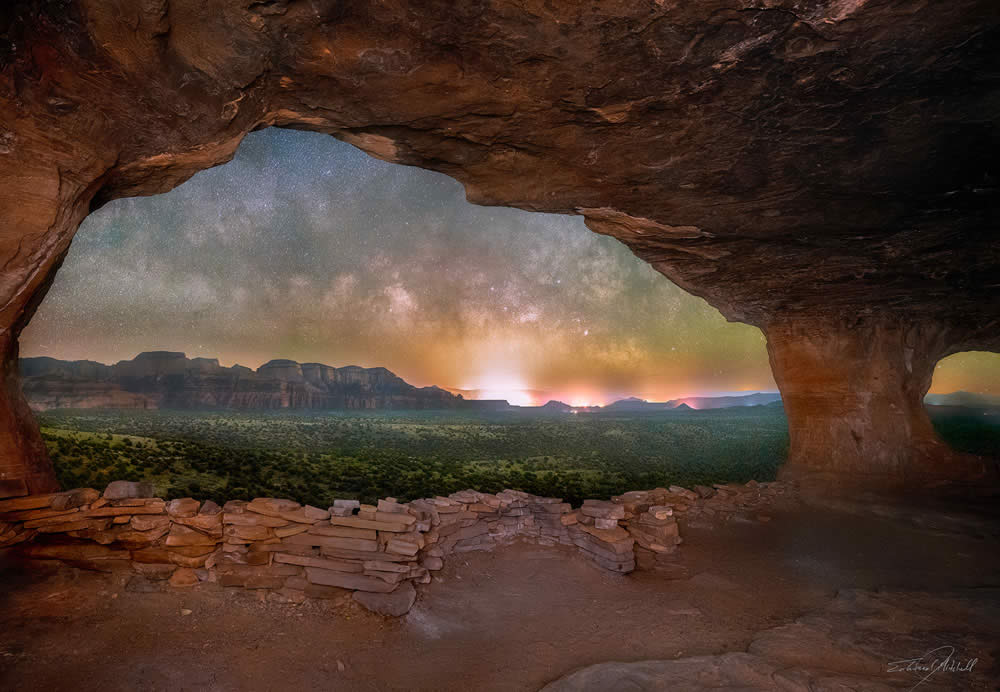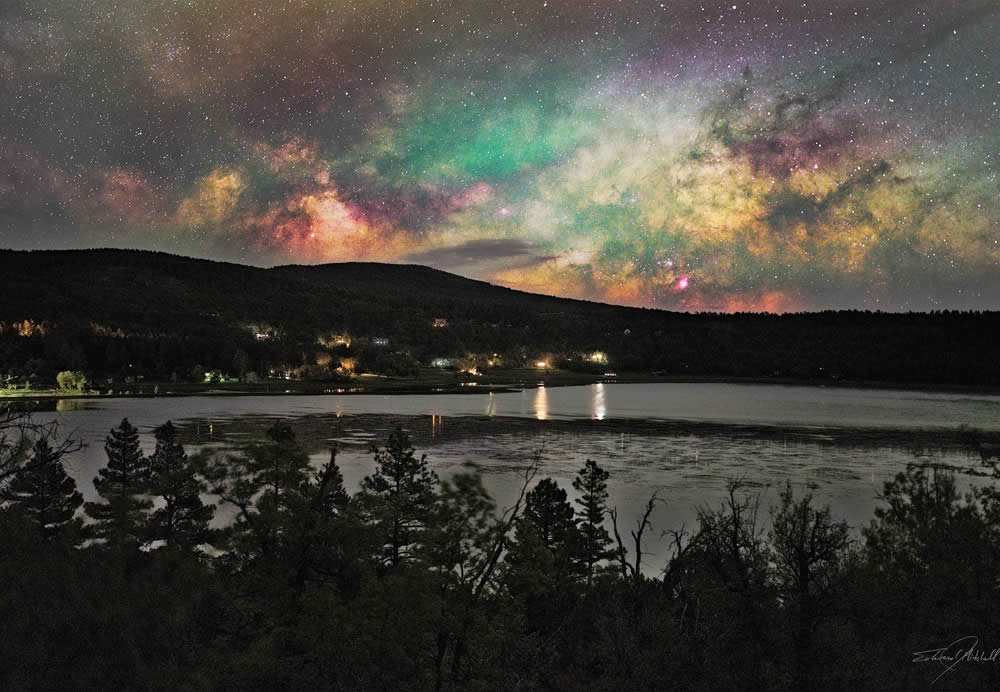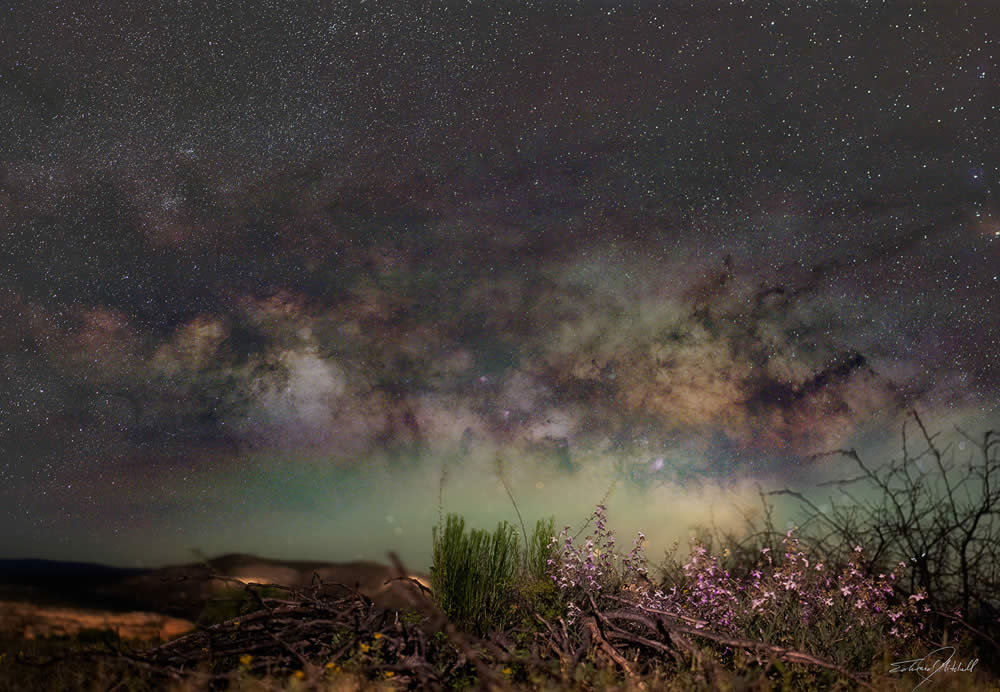Best Places for Astrophotography in the Arizona Milky Way
When many people think of Arizona, they think of cacti and the Grand Canyon. But astrophotographers know that this state has a lot more to offer than meets the eye. With a higher number of Dark Sky sites, the nation’s best observatories, and a culture that celebrates stargazing, Arizona is an astrophotography paradise for those looking to break away from light pollution and take stock of their place in the cosmos.
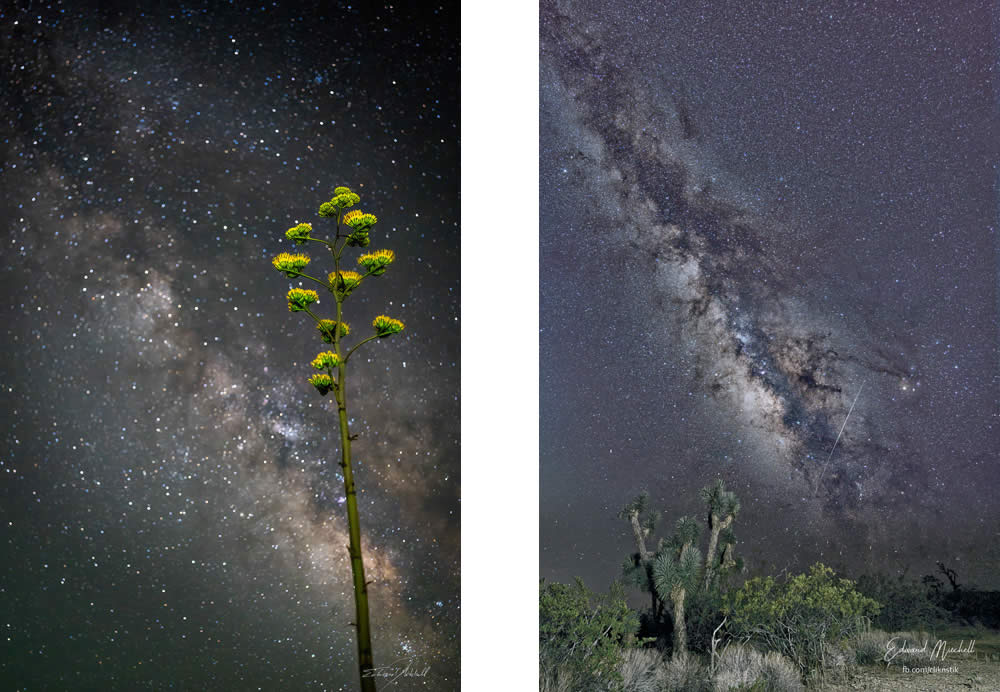 Photo by Edward Mitchell
Photo by Edward Mitchell
Whether you’re an experienced photographer or just starting out, this list of the best places for astrophotography in Arizona milky way will inspire you to get outside and discover the beauty of our planet under an inky black sky. From the ethereal glow of nebulas to the ancient light of distant galaxies, these stunning nightscapes will leave you in awe of the universe.
 Photo by Edward Mitchell
Photo by Edward Mitchell
Dark Sky Communities
The IDA vets parks, reserves and sanctuaries for dark skies, and they can be certified as silver (Milky Way class) or "Orion" sites (where the seven stars of winter constellation Orion are visible without a telescope). Some locations can also be Dark Sky Discovery Sites.
Arizona has more IDA-certified Dark Sky Places than any other state, and the stars are truly spectacular here. Experience the mystical magic in Sedona's red rock landscape and in the town of Flagstaff, where you can learn how Pluto was discovered at Lowell Observatory.
Sedona
The City of Sedona is one of 20 dark sky communities worldwide, a designation that means locals make an effort to limit light pollution and preserve the night sky. That includes using low-lumen lighting and correctly aiming light fixtures to minimize light shining into residential neighborhoods.
Sedona’s stars are arguably some of the most spectacular in the world. On cloudless nights, the Milky Way cuts a bright swath through the sky above Sedona’s towering red rock formations.
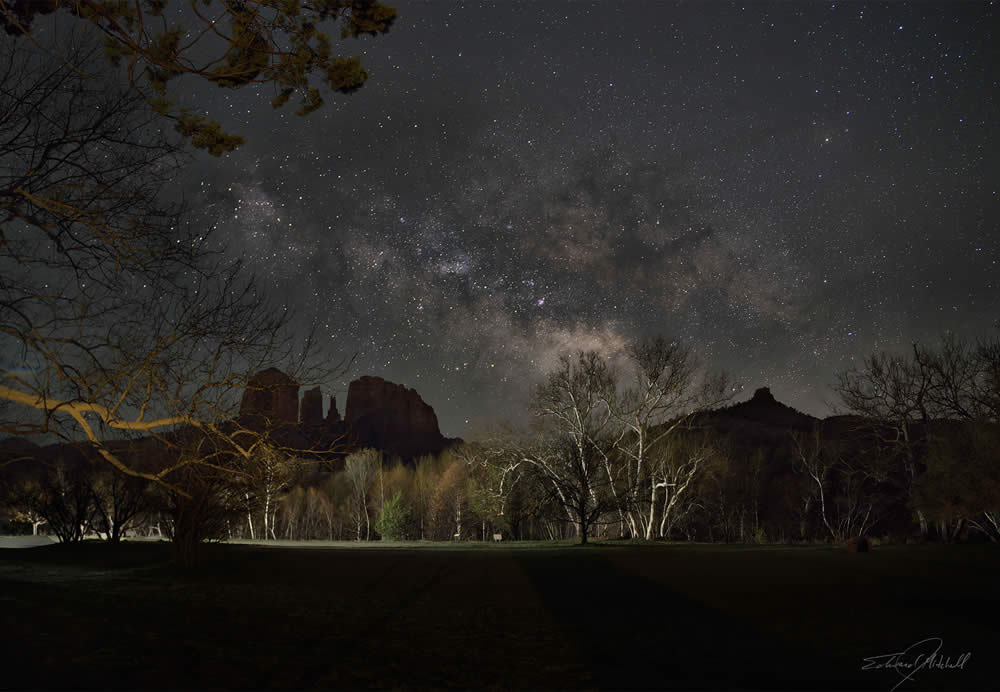 Photo by Edward Mitchell
Photo by Edward Mitchell
While you can enjoy the stars on your own, there are several local tour companies that offer guided stargazing trips and astronomy lessons. They’ll teach you about the constellations and help you find the most beautiful star clusters.
Stargazers can visit Sedona pretty much any time of year. The only thing to watch out for is monsoon season, which happens every summer from July through August.
During this time, the skies can be cloudy and it’s hard to see any stars. You’ll want to avoid this time period if you want a clear view of the Milky Way.
On a Sedona dark sky tour, you can connect your phone to a telescope and view planets, galaxies, and nebulae up close. You can also take a class that teaches you how to capture these images.
Mogollon Rim
The Mogollon Rim shatters the stereotype of Arizona as a desolate desert state. This 200-mile escarpment cuts across the northern half of the state and ends near New Mexico. This mountainous wilderness is a favorite getaway for Phoenix residents seeking cooler temperatures and outdoor recreation. At night, the Rim becomes your own personal observatory with minimal light pollution and a canvas of stars.
The Wilbur Fire was a 10,279-acre lightning-caused wildfire. It started May 21 on the Mogollon Rim Ranger District east of Camp Verde. This photo may be one of the only photos ever taken of the Milky Way above a forest fire.
Superstition Mountains
The Superstition Mountains are a popular recreation destination for residents of the Phoenix metropolitan area. They contain many hiking and mountain biking trails, as well as the legend of the Lost Dutchman gold mine.
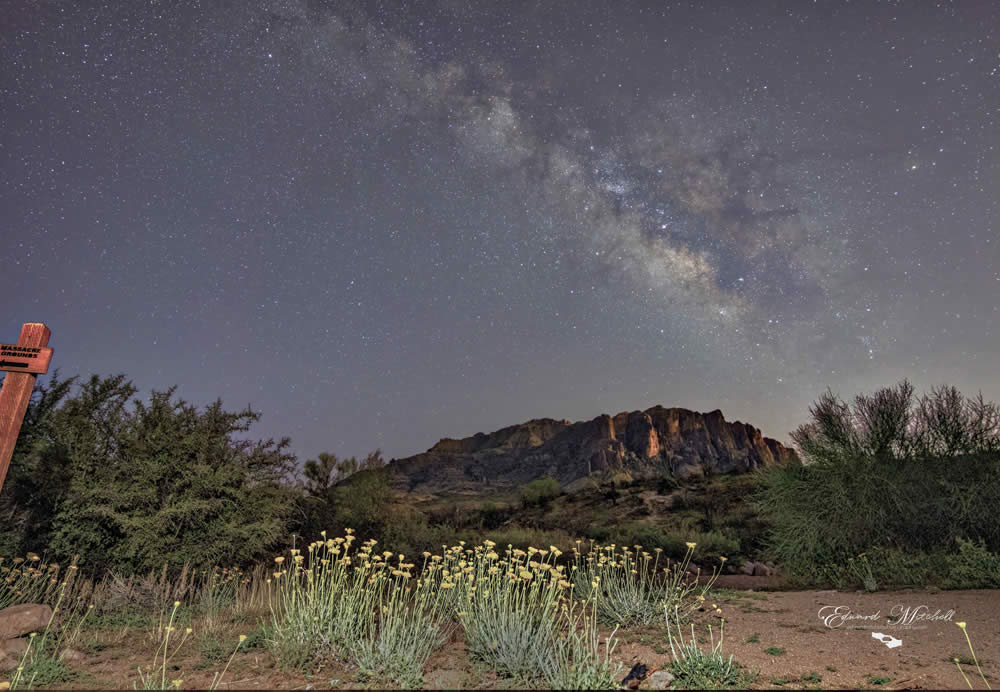 Photo by Edward Mitchell
Photo by Edward Mitchell
The name “Superstition” came from Salt River Valley farmers in the late 1860s who heard stories from Pima Indians about how they feared this particular mountain range. The farmers interpreted these fears as superstitious, and the name stuck.
The most famous landmark is Weaver’s Needle, a granite spire that towers over other mountains in the range.
 Photo by Edward Mitchell
Photo by Edward Mitchell
Coconino National Forest
The Coconino National Forest is one of the most diverse National Forests in the country with landscapes ranging from Sedona’s red rocks to Ponderosa pine forests at higher elevations. The area also has ancient volcanic peaks, scenic drives and Native American ruins.
Wildlife spotting is another exciting aspect of this park and includes mammal species such as black bear and mountain lion and also bird, fish, reptile, amphibian, and insect species. Northern leopard frog, solpugids, and bats are just some of the many creatures found here.
KOFA
The southwestern portion of Arizona is home to the Kofa National Wildlife Refuge, which was established in 1939 and is managed by the US Department of Fish and Wildlife. The refuge contains one of the largest desert bighorn sheep populations in the state, and is also home to the rare Kofa Mountain barberry, which is endemic to this region.
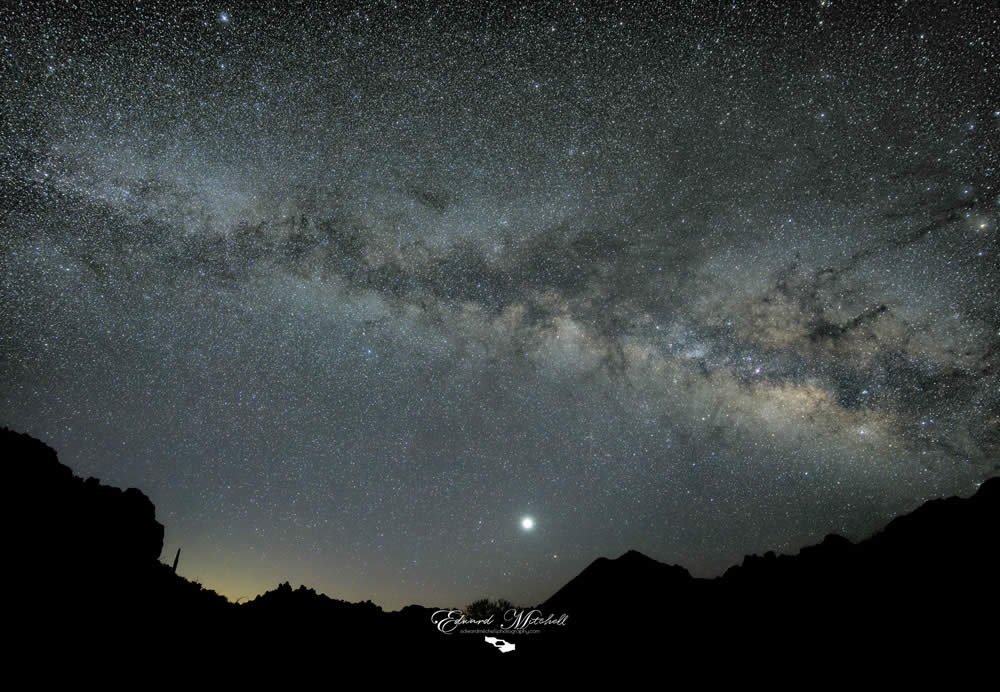 Photo by Edward Mitchell
Photo by Edward Mitchell
 Photo by Edward Mitchell
Photo by Edward Mitchell
Edward Mitchell
Edward Mitchell is an internationally published photographer who specializes in nightscape and monsoon photography. He has won several awards for his work, most notably for the 2023 World Meteorological Organization’s annual weather calendar (April spread). He is constantly pushing his boundaries, both artistically and physically, as shown in this photo from the 2nd highest vehicle pass in Colorado at just over 13,000 feet.
He strives to bring the scene to the viewer in his photos and give one the impression they are standing with the photographer on site.
Ed currently lives in Camp Verde, Arizona. He has one daughter and one son, both actively serving in the US Military.
Copies of his work can be ordered online at edmitchellphoto.com.
Back





